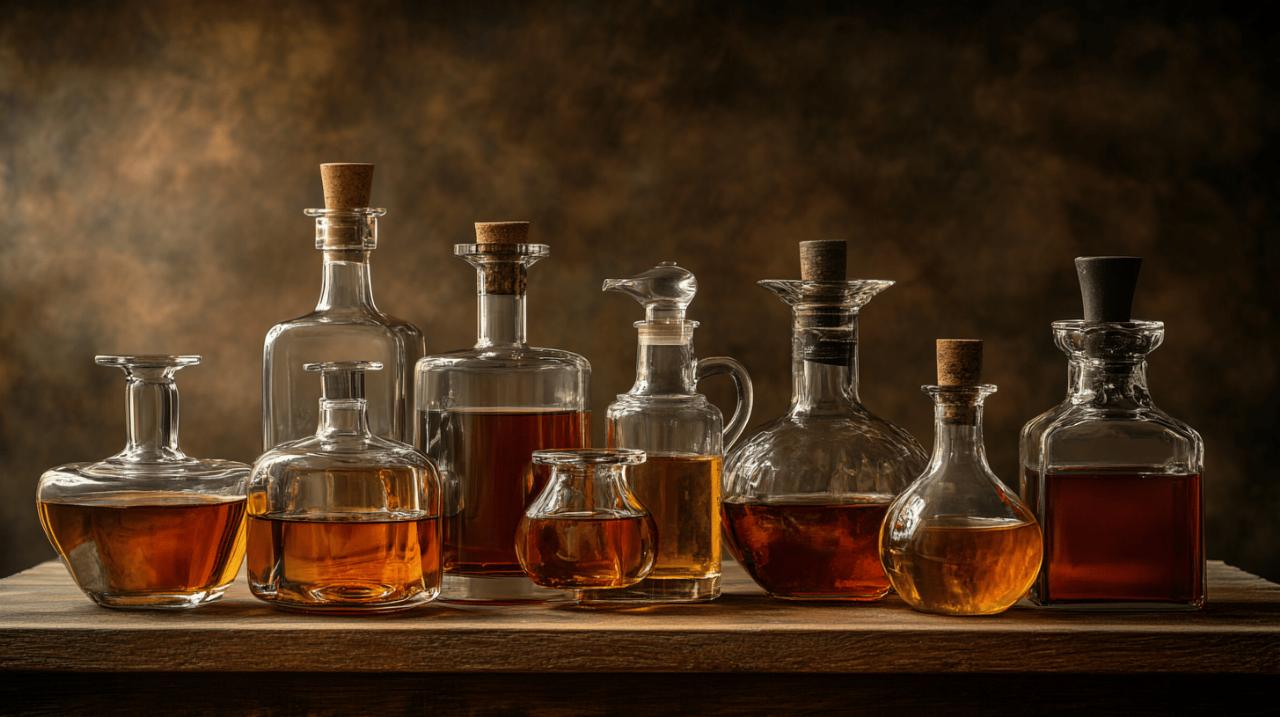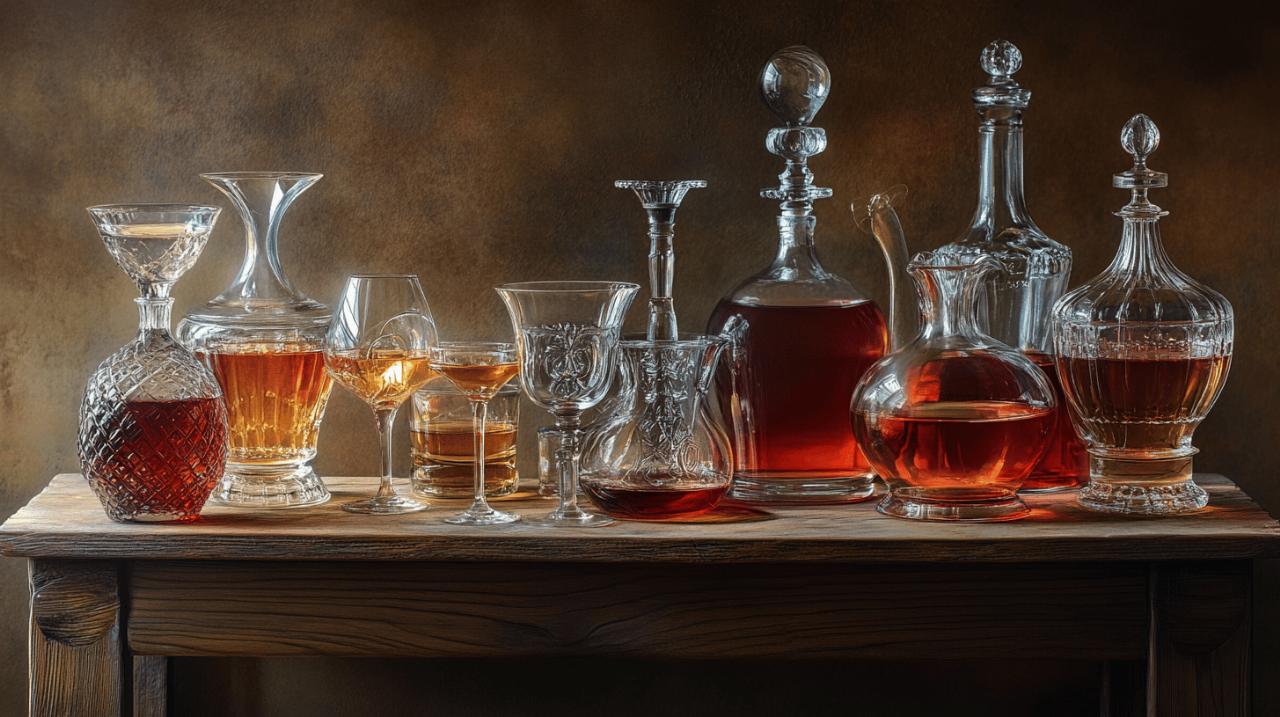The art of refining acoustic instruments requires patience, skill, and a proper understanding of the materials involved. For centuries, luthiers and craftspeople have relied on alcohol-based diluents to achieve stunning finishes that not only protect the wood but also enhance its natural beauty. Whether you are restoring a vintage guitar, maintaining a cherished violin, or simply curious about the chemistry behind those glossy surfaces, this guide will walk you through everything you need to know about using alcohol solvents in the care and finishing of acoustic instruments.
Understanding alcohol-based diluents: what they are and why they matter
Alcohol-based diluents are solvents primarily used to thin shellac, spirit varnishes, and other finishing products applied to wooden instruments. Unlike water-based or oil-based alternatives, these solvents evaporate quickly, allowing for faster drying times and enabling craftspeople to build up layers of finish with greater control. The choice of alcohol diluent can significantly influence the final appearance and durability of the instrument's surface, making it essential to understand their properties and applications.
The chemistry behind alcohol solvents in instrument care
At the heart of alcohol-based finishing lies a simple yet effective chemical process. Alcohols are organic compounds that contain a hydroxyl group, which gives them the ability to dissolve resins and other substances commonly found in traditional varnishes. Ethanol and methanol are the most frequently used alcohols in instrument finishing, each offering distinct characteristics. Ethanol, often found in methylated spirits, is favoured for its relatively mild odour and effective solvent properties. Methanol, though more aggressive, can dissolve shellac more thoroughly, but it requires careful handling due to its toxicity. The rapid evaporation rate of these alcohols ensures that each coat of finish dries swiftly, reducing the risk of dust contamination and allowing for a smoother, more refined surface. Understanding these chemical properties helps craftspeople select the most appropriate solvent for their specific project, ensuring both safety and quality.
Common Types of Alcohol Diluents for Acoustic Instruments
Several types of alcohol-based diluents are commonly employed in the world of acoustic instrument finishing. Methylated spirits, a denatured alcohol, is widely available and serves as an excellent general-purpose thinner for shellac and spirit varnishes. It is relatively inexpensive and can be found in most hardware shops across the country. Pure ethanol, though harder to source due to regulatory restrictions, offers superior performance and a cleaner finish. Isopropyl alcohol, often used for cleaning and surface preparation, can also serve as a diluent in certain applications, though it is less commonly used for finishing work. Each type of alcohol has its own evaporation rate, solvent strength, and compatibility with various resins, so it is important to match the diluent to the specific finish being applied. By carefully selecting the right alcohol-based solvent, craftspeople can achieve a professional-quality finish that enhances the acoustic properties and aesthetic appeal of the instrument.
Practical Applications: Using Alcohol Diluents for Finishing and Refinishing
The practical use of alcohol diluents extends beyond simple thinning. These solvents play a crucial role in both the initial finishing of new instruments and the restoration of older ones. Whether you are applying a fresh coat of shellac to a handcrafted acoustic guitar or stripping away decades of grime from a vintage mandolin, understanding how to properly use alcohol-based diluents will make all the difference in achieving a flawless result.
Thinning shellac and spirit-based varnishes properly
Shellac, a natural resin derived from the secretions of the lac beetle, has been used for centuries to finish wooden instruments. In its raw form, shellac is typically dissolved in alcohol to create a workable solution. The ratio of shellac flakes to alcohol determines the thickness of the mixture, commonly referred to as a cut. A two-pound cut, for instance, means two pounds of shellac flakes dissolved in one gallon of alcohol. For most instrument finishing work, a lighter cut is preferred, as it allows for greater control and the ability to build up thin, even layers. To thin an existing shellac mixture, simply add more alcohol until the desired consistency is reached. The same principle applies to spirit-based varnishes, which can be thinned with alcohol to improve their flow and levelling properties. It is essential to stir the mixture thoroughly to ensure an even distribution of the resin throughout the solvent. By mastering the art of thinning shellac and spirit varnishes, craftspeople can achieve a smooth, professional finish that highlights the natural grain and colour of the wood.
Surface preparation and cleaning before application
Before applying any finish, proper surface preparation is crucial. Alcohol diluents are exceptionally effective at cleaning wood surfaces, removing oils, residues, and contaminants that could interfere with the adhesion of the finish. A light wipe with a cloth dampened in alcohol will quickly evaporate, leaving the wood clean and ready for finishing. This step is particularly important when working with older instruments that may have accumulated decades of dirt and grime. Alcohol-based solvents can also be used to remove old finishes, though this process requires patience and care. By gently rubbing the surface with a cloth soaked in alcohol, craftspeople can gradually dissolve and lift away old shellac or varnish without damaging the underlying wood. This method is far gentler than mechanical sanding and preserves the integrity of the instrument's structure. Proper surface preparation ensures that each new coat of finish adheres evenly and creates a lasting, beautiful result.
Safe Handling and Best Practices for Acoustic Instrument Maintenance
 Working with alcohol-based diluents requires a commitment to safety and attention to detail. These solvents are flammable and can produce fumes that are harmful if inhaled in large quantities. By following best practices and taking appropriate precautions, craftspeople can protect themselves and their workspace while achieving exceptional results.
Working with alcohol-based diluents requires a commitment to safety and attention to detail. These solvents are flammable and can produce fumes that are harmful if inhaled in large quantities. By following best practices and taking appropriate precautions, craftspeople can protect themselves and their workspace while achieving exceptional results.
Workspace ventilation and safety precautions
Adequate ventilation is the cornerstone of safe work with alcohol-based solvents. Always ensure that your workspace is well-ventilated, with open windows or fans to disperse fumes and prevent the buildup of vapours. Wearing protective gloves and safety glasses is also advisable, as prolonged skin contact with alcohol can cause dryness and irritation. Keep all alcohol-based solvents away from open flames, sparks, and heat sources, as they are highly flammable. Store these materials in clearly labelled, tightly sealed containers in a cool, dry place. In the event of a spill, clean it up immediately using absorbent materials and dispose of them properly. By taking these precautions seriously, craftspeople can enjoy the benefits of alcohol-based diluents without compromising their safety or the safety of those around them.
Choosing the Right Concentration for Different Wood Types
Different wood species respond differently to alcohol-based finishes, and selecting the appropriate concentration of diluent is essential for achieving the best results. Hardwoods such as maple, rosewood, and ebony can typically handle more aggressive solvents and thicker finishes, as their dense grain structure provides a stable foundation. Softer woods like spruce, cedar, and pine require a more delicate approach, as they are more prone to absorbing solvents and can become oversaturated if the finish is applied too heavily. In these cases, a lighter concentration of alcohol diluent and thinner coats of finish are recommended. Testing a small, inconspicuous area of the instrument before committing to a full application is always a wise practice. This allows craftspeople to observe how the wood reacts to the solvent and adjust their technique accordingly. By tailoring the concentration of alcohol diluent to the specific wood type, craftspeople can ensure a finish that is both durable and aesthetically pleasing.
Achieving Professional Results: Techniques for a Flawless Finish
The difference between an amateur finish and a professional one often comes down to technique. Mastering the application methods and learning how to troubleshoot common issues will elevate your work to a new level of refinement and quality.
Application methods: brushing, french polishing, and spraying
There are several methods for applying alcohol-based finishes, each with its own advantages and challenges. Brushing is the most straightforward technique, suitable for beginners and those working on larger surfaces. Using a soft, high-quality brush, apply thin, even coats of the diluted finish, allowing each layer to dry before adding the next. French polishing, a traditional technique that originated in France, involves applying shellac using a pad made of cotton or linen. The pad is charged with a small amount of finish and then rubbed onto the wood in a series of smooth, circular motions. This method requires practice and patience but produces an exceptionally smooth, glossy finish that is highly prized by luthiers. Spraying, while requiring specialized equipment, offers the fastest and most even application, making it ideal for production work or large projects. Each method has its place in the world of instrument finishing, and choosing the right one depends on the specific requirements of the project and the skill level of the craftsperson.
Troubleshooting common issues with alcohol-based finishes
Even experienced craftspeople encounter problems when working with alcohol-based finishes. One common issue is blushing, a cloudy or milky appearance that occurs when moisture becomes trapped in the finish. This can be prevented by working in a low-humidity environment and ensuring that each coat is fully dry before applying the next. If blushing does occur, it can often be remedied by lightly rubbing the affected area with a cloth dampened in alcohol, which dissolves the finish and allows it to re-level. Another frequent problem is streaking or uneven coverage, which typically results from applying the finish too quickly or with an overloaded brush or pad. To avoid this, work slowly and methodically, using thin coats and allowing ample drying time between applications. Runs and drips can be sanded away once the finish is fully cured, but preventing them in the first place through careful application is always preferable. By understanding these common issues and how to address them, craftspeople can achieve a flawless finish that enhances the beauty and longevity of their acoustic instruments.





